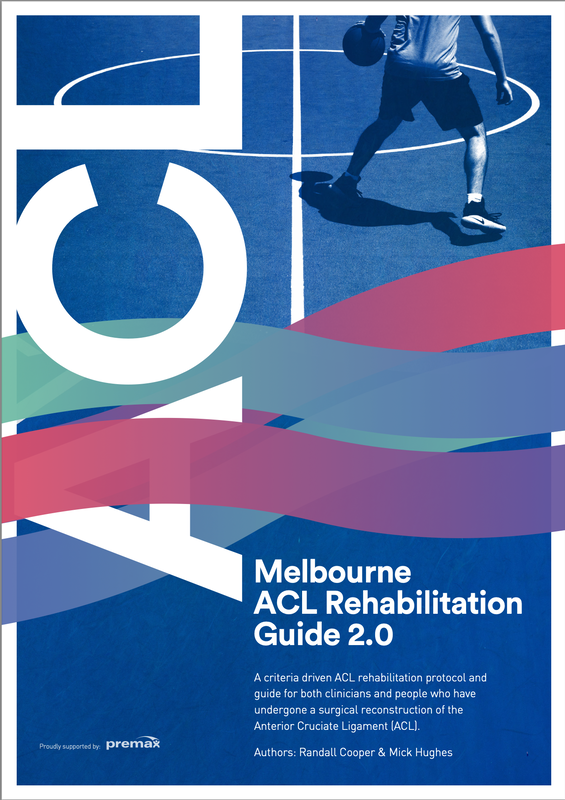|
The ACL rehabilitation protocol I use is the Melbourne ACL Rehabilitation Guide, developed by Randall Cooper, a Specialist Sports Physio from Melbourne.
The ACL rehab protocol is broken down into six phases, and there’s a list of goals and outcome measures that need to be satisfied at the end of each phase to move onto the next one. You move through the ACL protocol at your own pace, and let the criteria govern how quickly you go, rather than a pre-determined timeline. |
The six phases are:
Tips on how to progress through an ACL rehab protocol:
- Phase Pre-op: Injury recovery and readiness for surgery
- Phase 1: Recovery from surgery
- Phase 2: Strength and neuromuscular control
- Phase 3: Running, agility, and landings
- Phase 4: Return to sport
- Phase 5: Prevention of re-injury
Tips on how to progress through an ACL rehab protocol:
- Get the knee straight early (within the first 2-3 weeks), and keep it straight. Flexion can progress gradually.
- Use knee pain and knee swelling as a guide. If either or both are increasing, the knee isn’t tolerating what you’re doing to it.
- Technique is everything. Compensation patterns develop after a knee injury, so focusing on correct muscle and movement/biomechanical patterns is crucial.
- Build high impact forces gradually. The articular structures in the knee joint will take time to adapt to a resumption of running, jumping, and landing.
- Complete your ACL rehabilitation. Once people are back running with no knee pain it’s easy to think that it’s all done. But the last 1/3 of the protocol is the most important – to help reduce the chance of re-injury, increase the chance of a successful return to sport, and possibly to reduce the likelihood of osteoarthritis down the track.





